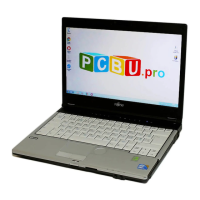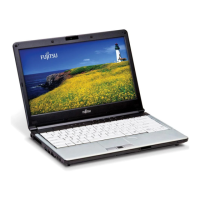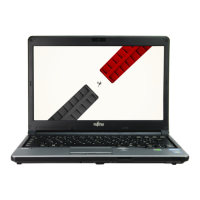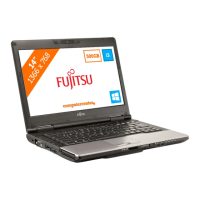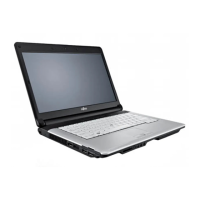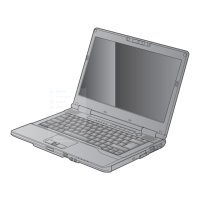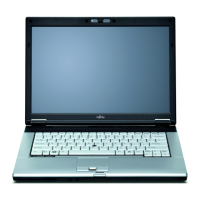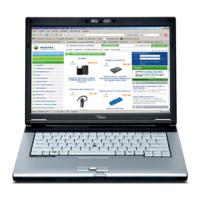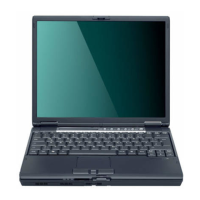168
- Troubleshooting the WLAN
Troubleshooting the WLAN
Troubleshooting
Causes and countermeasures for troubles you may encounter while using your wireless LAN are described
in the following table.
Problem Possible Cause Possible Solution
Unavailable
network
connection
Incorrect network
name (SSID) or
network key
Ad hoc connection: verify that the network names (SSID’s) and
network keys (WEP) of all computers to be connected have been
configured correctly. SSID’s and WEP key values must be identical on
each machine.
Access Point (Infrastructure) connection: set the network name
(SSID) and network key to the same values as those of the access point.
Set the Network Authentication value identically to that of the Access
Point. Please consult your network administrator for this value, if
necessary.
Weak received
signal strength
and/or link quality
Ad hoc connection: Retry connection after shortening the distance to the
destination computer or removing any obstacles for better reception.
Access Point (Infrastructure) connection: Retry connection after
shortening the distance to the access point or removing any obstacles for
better transmission.
The WLAN device
has been
deactivated or
disabled
Check if the wireless switch is turned On. In Windows XP, go to Start ->
Settings -> Network Connections and right-click on Wireless Network
Connection. If Enable appear at the top of the menu, click it to enable the
device. In Windows Vista, go to Start -> Control Panel, and double-click
on Network and Sharing Center. Click on Diagnose and repair, then
click on Enable the network adapter.
